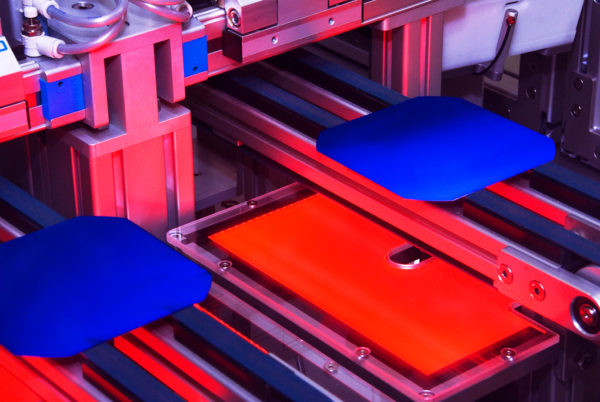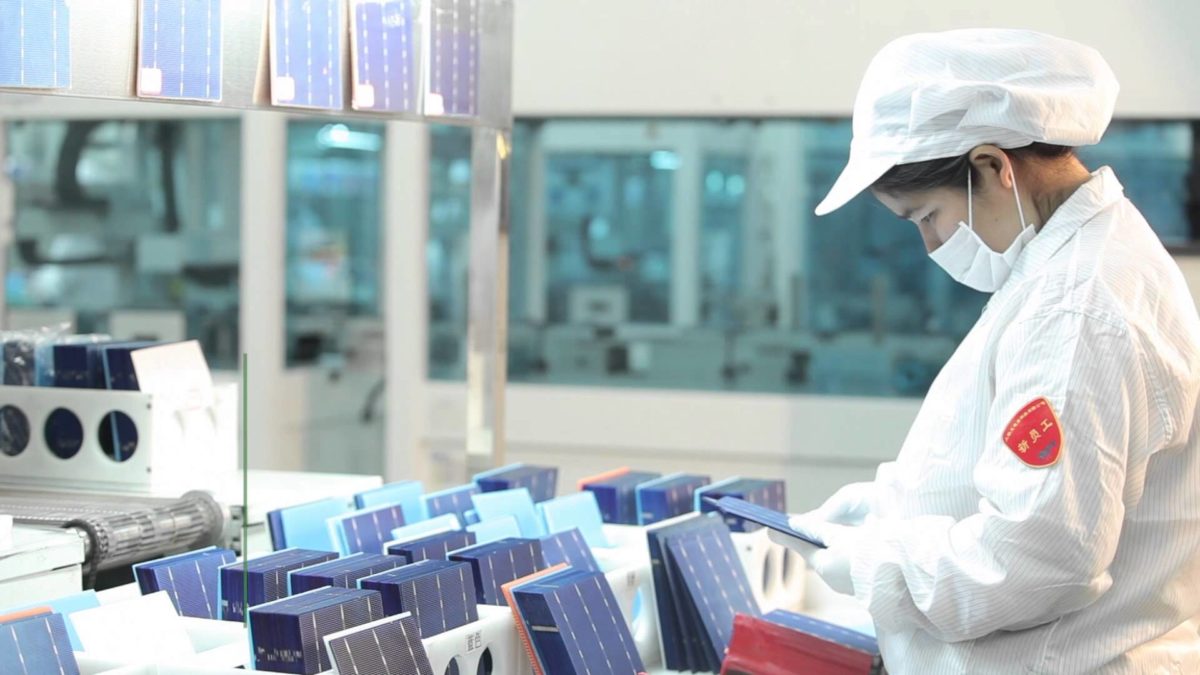The Senate Finance Committee released its draft of the Build Back Better (BBB) infrastructure bill, and in it are up-front incentives for the domestic manufacturing of solar PV wafers, cells, modules, trackers, and inverters. Committee chair Ron Wyden (D-OR) is expected to lead conversations as the committee holds bipartisan meetings on the bill.
Included in the bill is an incentive for the manufacture of thin film PV or crystalline PV cells. The incentive would pay $0.04 per watt DC capacity of the cell. PV wafers would be offered $12 per square meter, and solar-grade polysilicon is offered $3 per kilogram U.S.-made solar modules are offered an incentive of $0.07 per watt.
Trackers have been added to the bill. Structural fasteners would qualify for $2.28 per kilogram, longitudinal purlins $0.87 per kilogram, and structural fasteners $2.28 per kilogram.
Inverters were also a new addition to BBB. Microinverters, with capacity of 650 W or less can receive $0.11 per watt, while other residential inverters with 20 kW capacity or less are offered $0.065 per watt. Commercial inverters that range between 20 kW and 170 kW would be eligible for an incentive of two cents per watt.
Utility-scale inverters with capacity between 170 kW and 1 MW of capacity would be offered an upfront incentive of $0.015/W if BBB is passed, and central inverters greater than 1 MW in capacity would be eligible for an incentive of $0.025/W.

Image: Wikimedia Commons
Incentives are viewed as a way to bring solar manufacturing back onshore. In a recent interview with pv magazine, module producer Maxeon said that it is considering a 3 GW cell production plant in the U.S., but is waiting on a Title XVII loan from the Department of Energy, and the passing of Sen. Jon Ossoff’s (D-GA) Solar Energy Manufacturing for America Act. If passed, the company said it could begin producing cells in the U.S. as soon as 2023.
Ossoff’s bill would offer tax credits for several steps along the PV supply chain, including for the domestic manufacture of modules, cells, and solar-grade polysilicon, as well as trackers and inverters. The incentives would be available through 2028 with a phase-down over the following two years. On November 19th the bill was passed by the U.S. House of Representatives, and it next faces review by the Senate.
This content is protected by copyright and may not be reused. If you want to cooperate with us and would like to reuse some of our content, please contact: editors@pv-magazine.com.









I hope to hear of more USA Owned Solar Component provider stories. Shame that our own companies were choked out of business years ago. We are so behind. We need Chinese companies to come help us, build their own factories here, send the profits back to Communist China, and pay our local people lower wages than German, Japanes, or USA owned companies.
Sick with stress about our Solar future. We have so much capacity, specifically in our desert areas, yet our politics stangles our efforts.
Same with Wind. Dutch companies provide the largest market share of new design windmills. Don’t understand why we can’t borrow their integrated design (no shaft or gearbox), and incentivize a US company to build them.
Help!